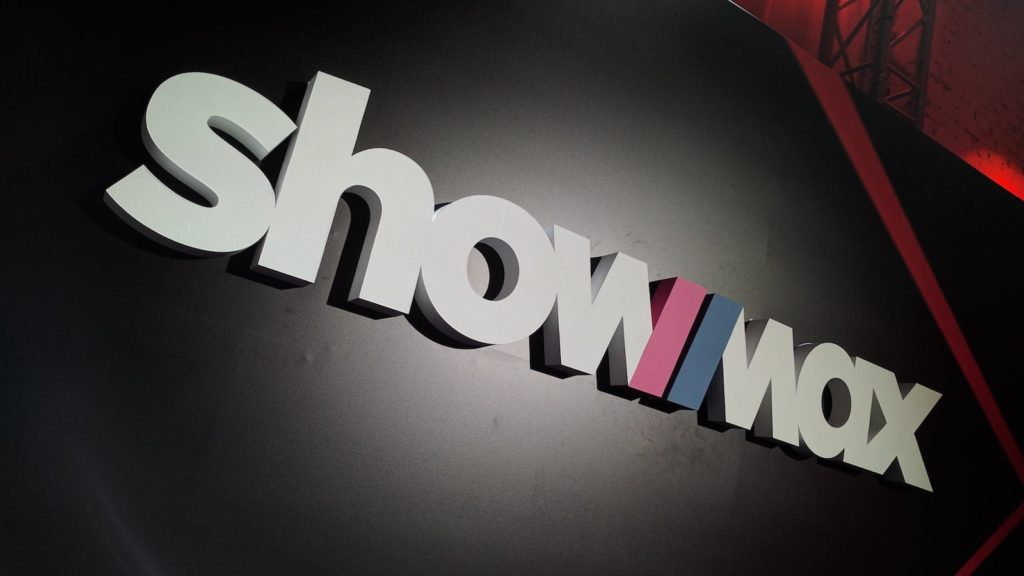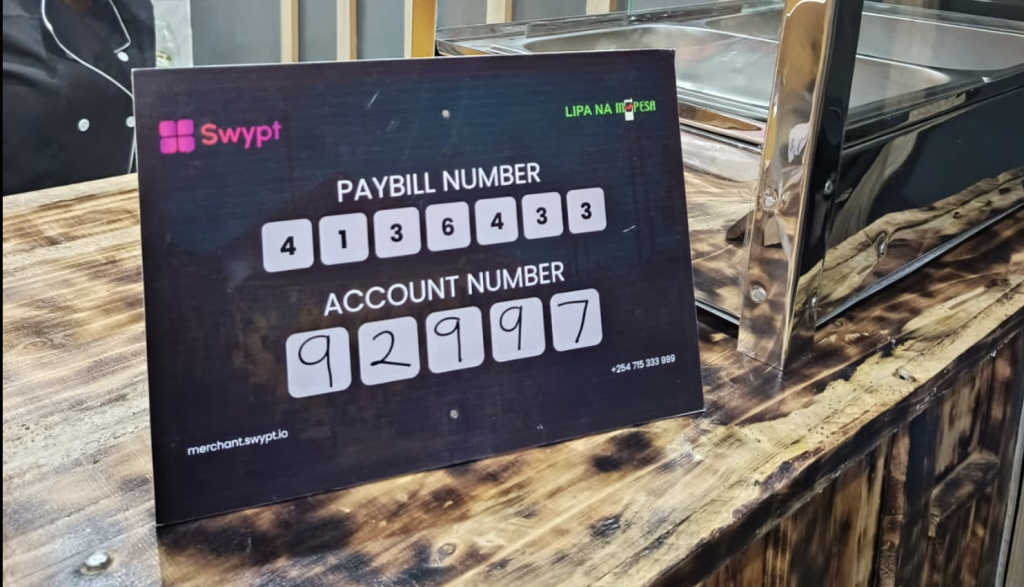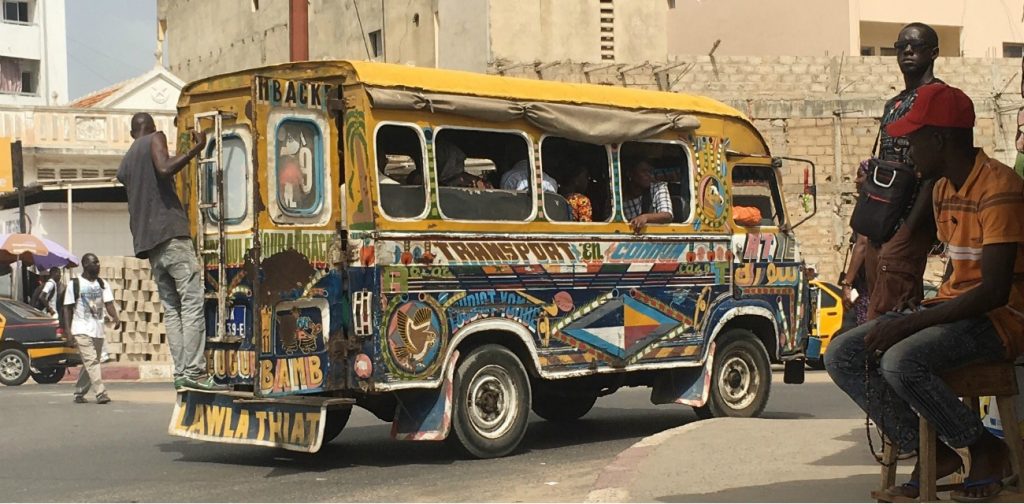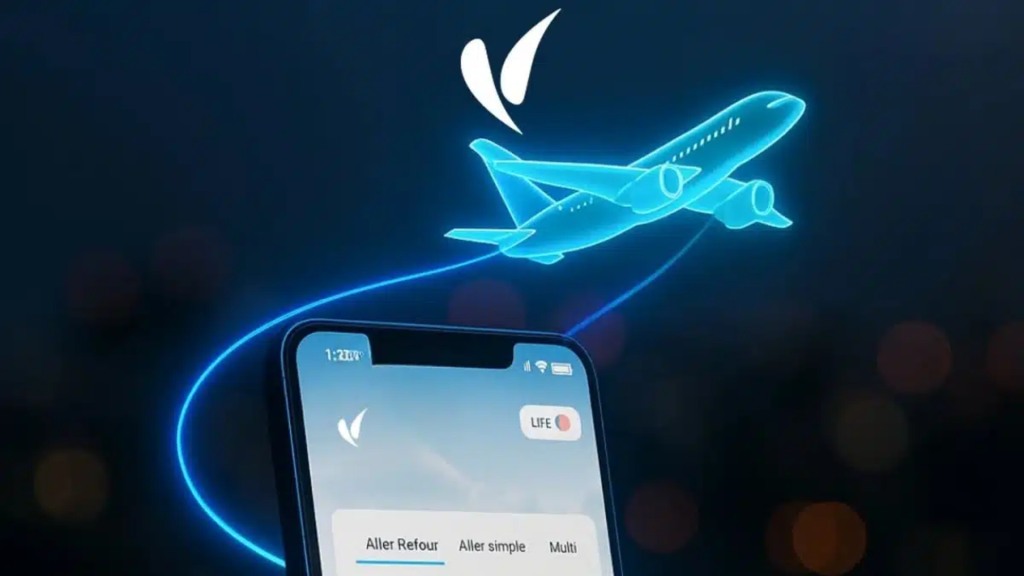Ever been to large supermarkets? At checkout, the cashier scans the items’ barcode, and information is sent to the point-of-sale system, which has the pricing information, and will make any necessary calculations. They were first used in the ‘60s, when coloured stripes were placed on train cars, and a trackside scanner would read information about the car on its way to the classification yard. Today, they are used almost exclusively in supermarkets and malls.
The problem is that QR codes are 1-dimensional and can only store between 20-25 characters of information – not useful for much outside the retail business. This spurred the birth of matrix (2-dimensional) codes, which save information both horizontally and vertically. A number of variations have evolved over the years, from their inception in the Japanese automotive industry in 1994, namely the QR – Quick Response code, Shotcodes, PDF417 (as used behind our drivers licenses), EZcode, amongst many others. These 2-dimensional codes can house up to 2000 characters, depending on their size.
These codes can be read by even the most rudimentary mobile cameras and interpreted using Reed-Solomon correction, and allow devices perform an infinite number of tasks with the information gleaned from the codes. From location based advertising, to links to company websites, to viewing short films about everyday objects (on which QR codes are printed). Many thought these barcodes would define how humans would interact with each other (and by extension machines), even providing a seamless link between the online and offline worlds. Movies, like Back To The Future II depicted motor cars as having barcode number plates. How come they haven’t caught on as fast as we thought?
Too Many Alternatives
Many alternatives exist to QR so there’s no motivation for the average user to scan these funny looking hieroglyphs. From SMS short codes, to Augmented Reality apps, to Bluetooth and NFC, there’s just no space for the QR code to survive in today’s world.
Connectivity (or the lack of it)
For location-based advertising, QR codes often end up in places where there is no free WiFi, or mobile connectivity, like Airplanes and train stations. Couple that with our short attention span and nobody even notices the website the codes links to, for later viewing.
Bloatware
Apple does not include QR code scanners by default, neither does any Android phone manufacturer. And since these two account for almost 90% of ALL smartphones worldwide, this is a huge deal breaker for QR marketing. A user is required to know and be interested in QR codes to search through the app stores for apps that allows them read these glyphs. It turns out not many of us give a damn about QR technology.
Space
Many packaging companies are prudent with space allocation on their products, having to squeeze logos, nutritional information, promos, legal disclaimers, etc into a limited amount of space, and they just cannot spare the extra pixels to print codes no one will scan anyways.
It turns out the QR problem is a chicken-and-egg one, where companies don’t promote code scanning because not many users know about or care about barcodes, and users don’t scan codes because, well, manufacturers don’t print them. A similar tale, to the Windows Phone, and its app ecosystem, or lack thereof.
It’s a shame though, because I’ve been a QR proponent for around 3 years now (I have one printed on my business card), and have even come up with a few startup solutions that depend on the technology. It’s 11 years old now, and despite low adoption, it has not been phased out. Does this mean it will endure the test of time, and the predictions in Back To The Future will come true?
Stay tuned to find out.
Photo Credit: BTC Keychain via Compfight cc










